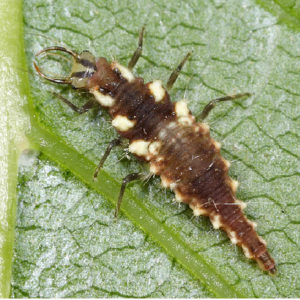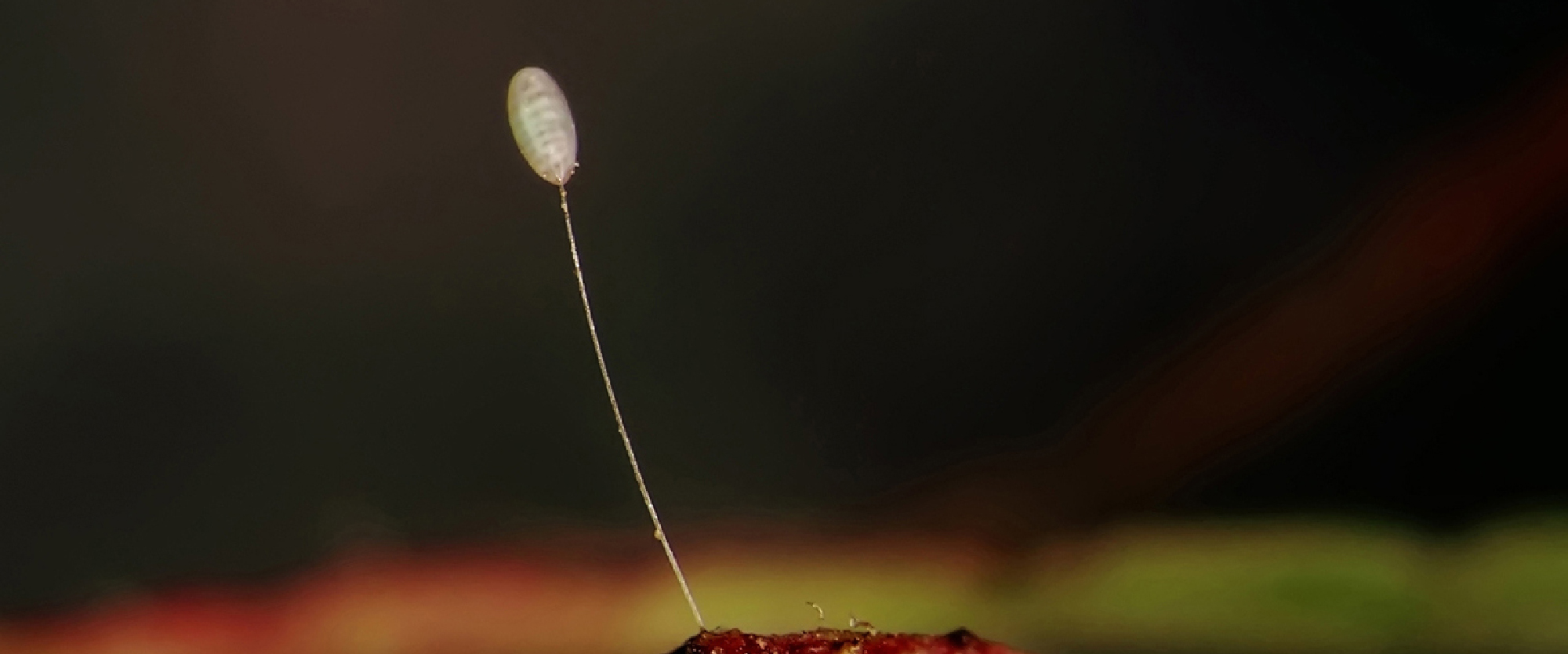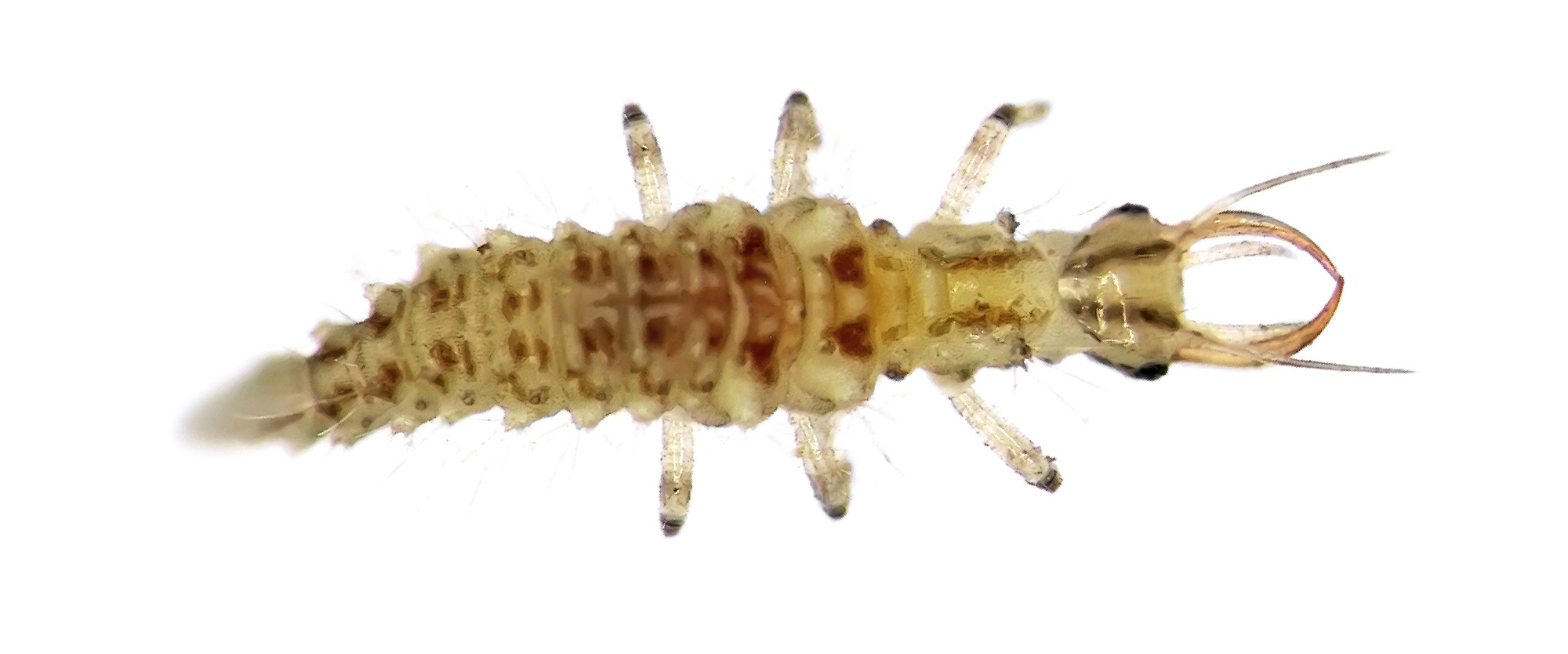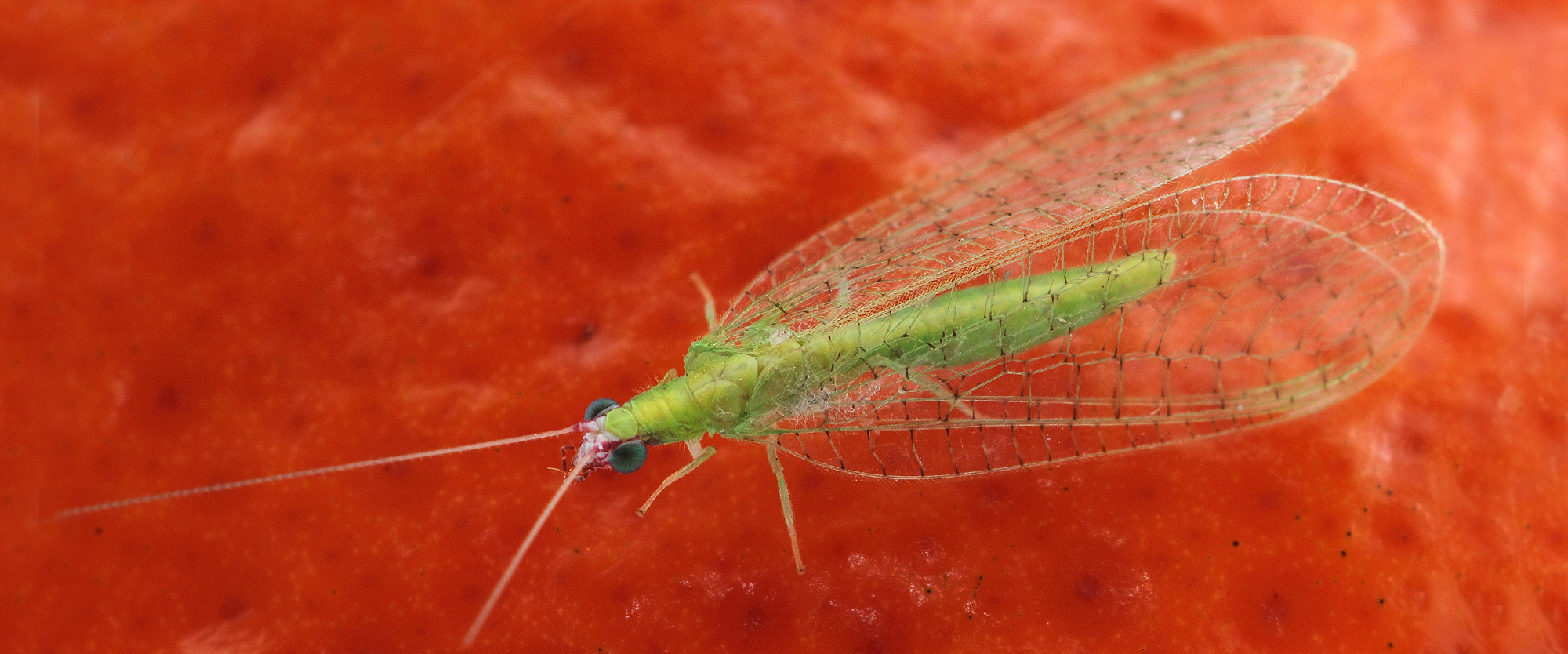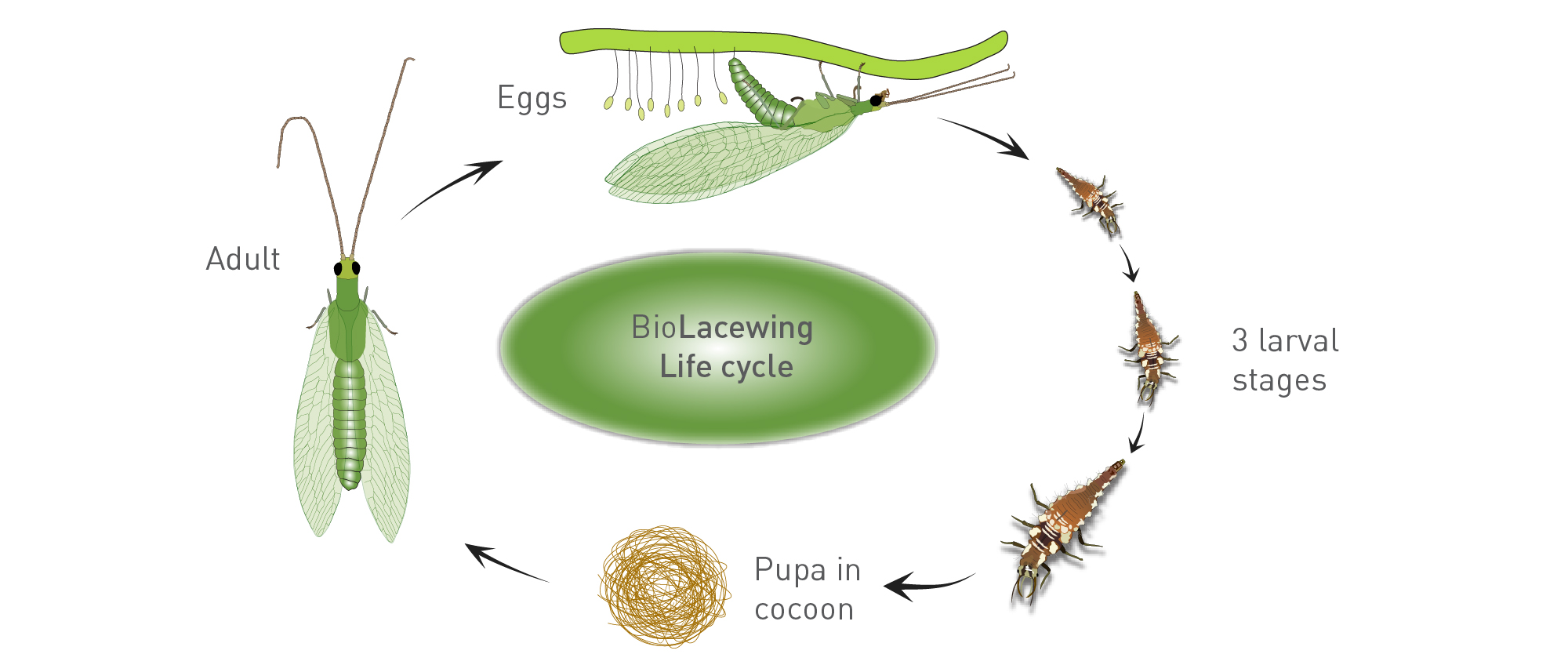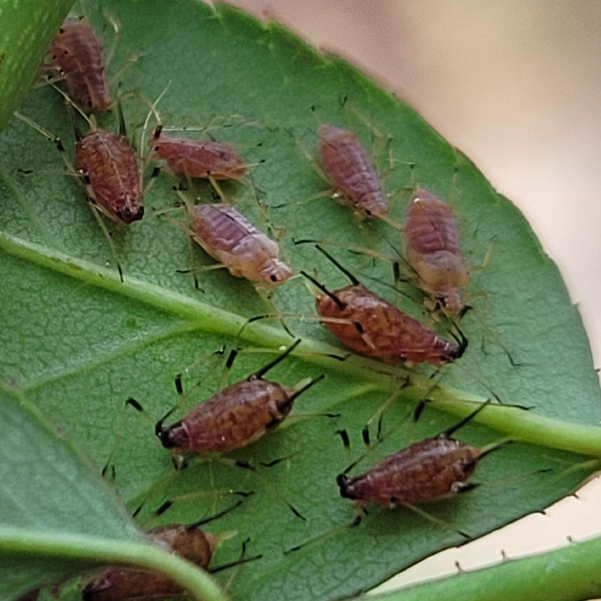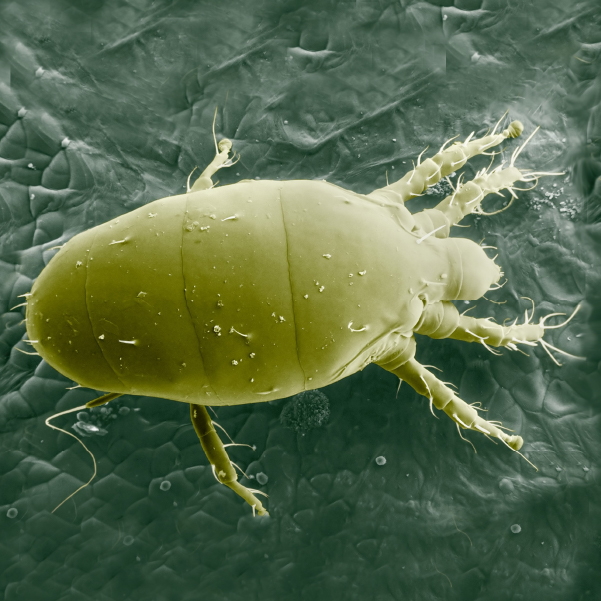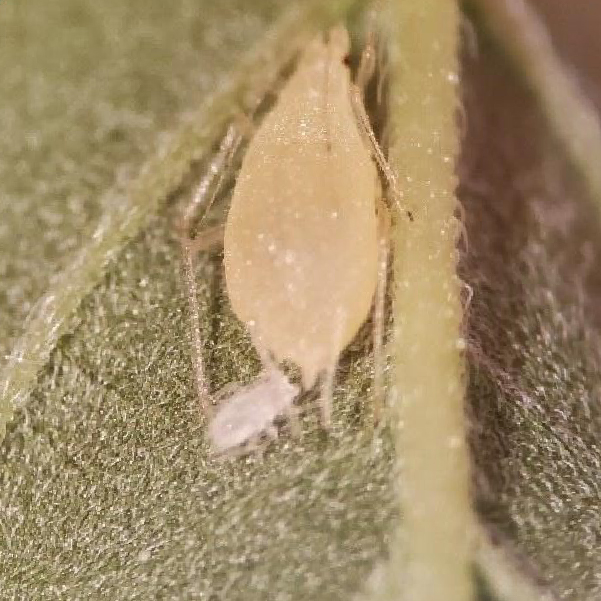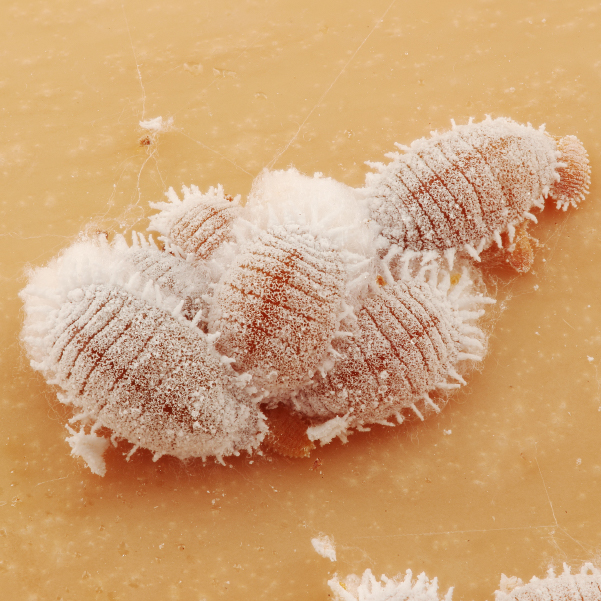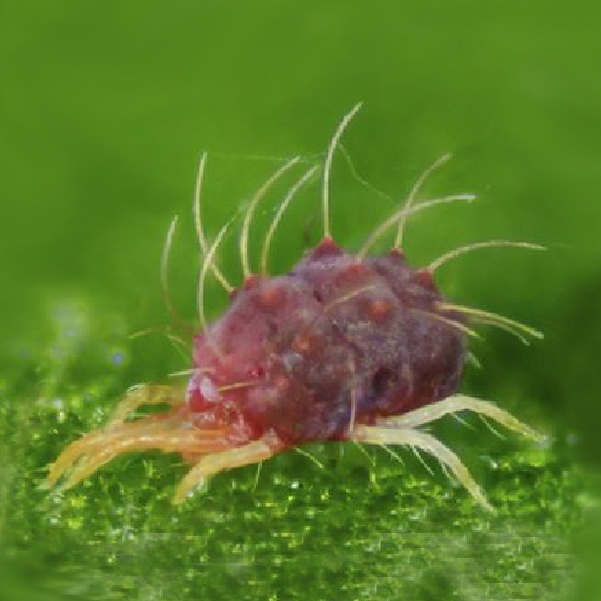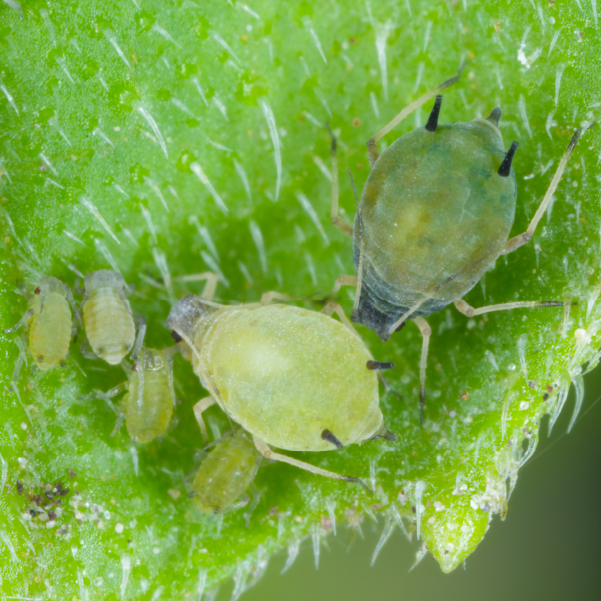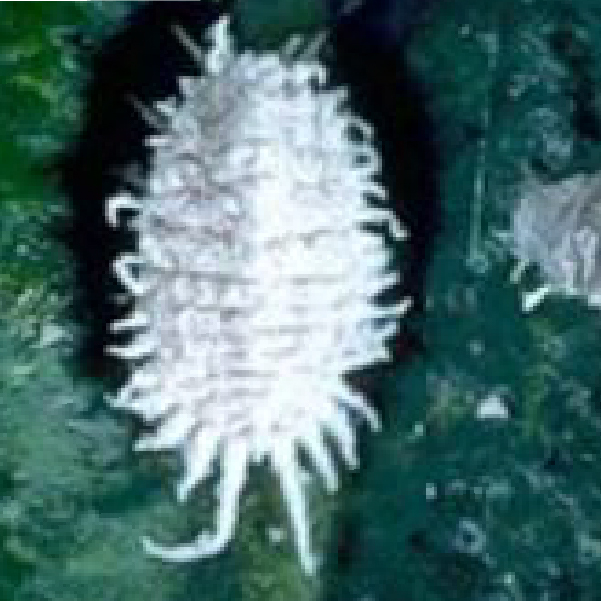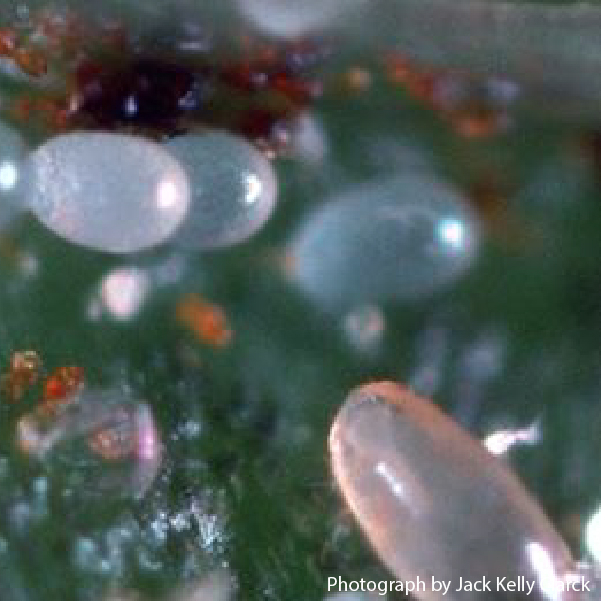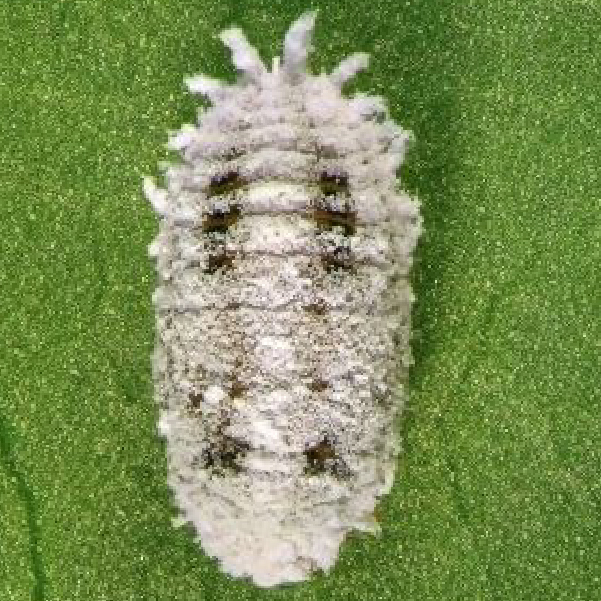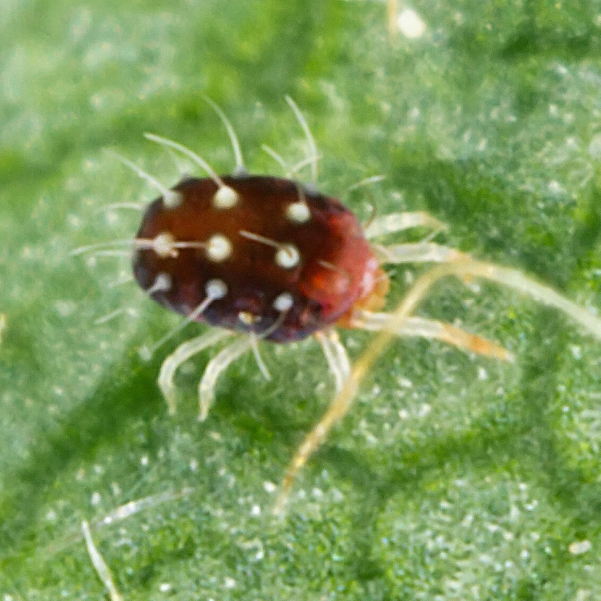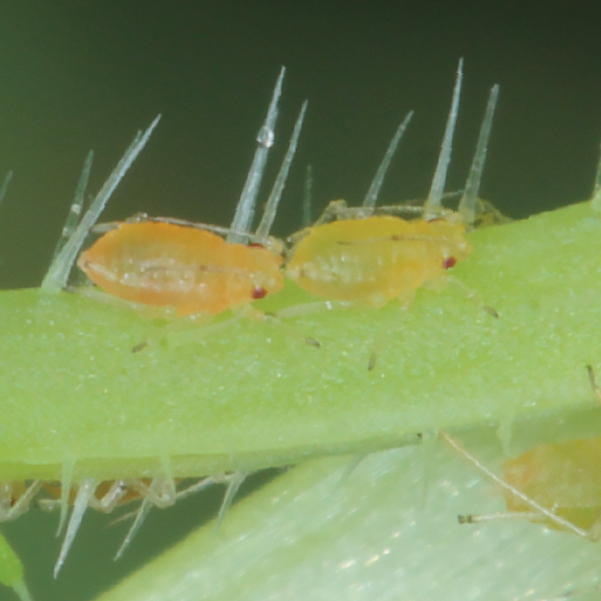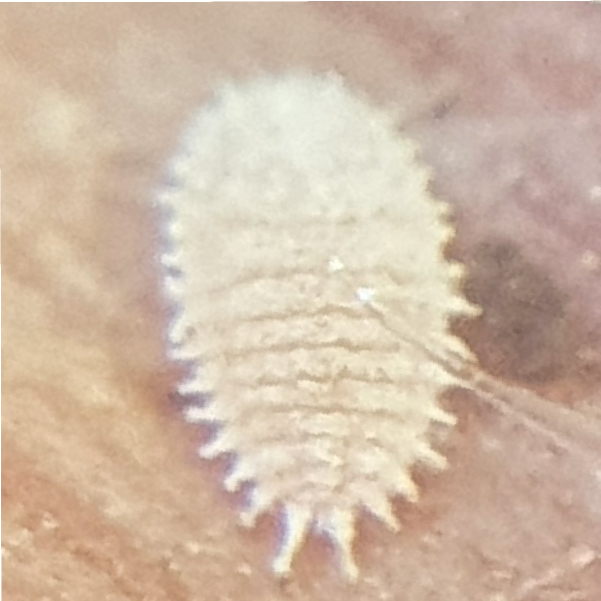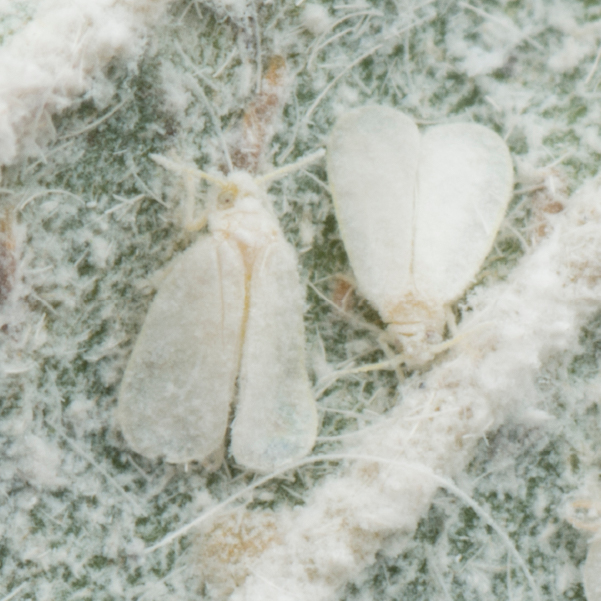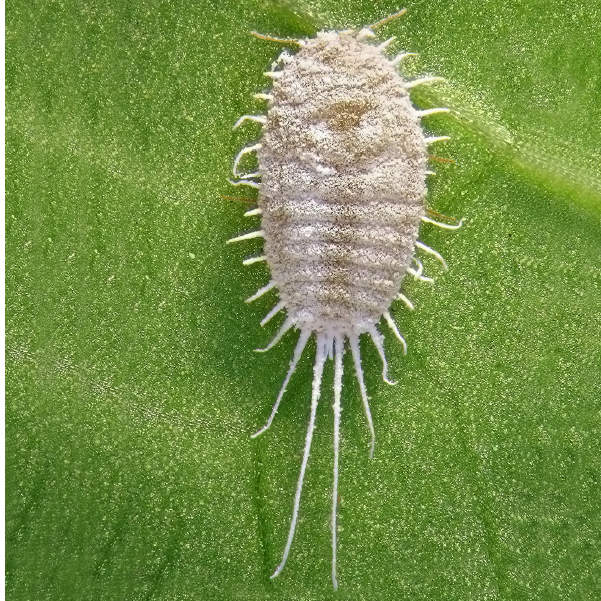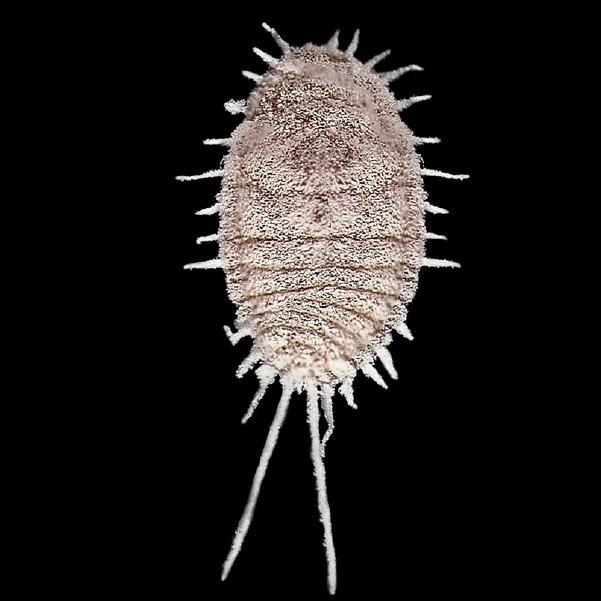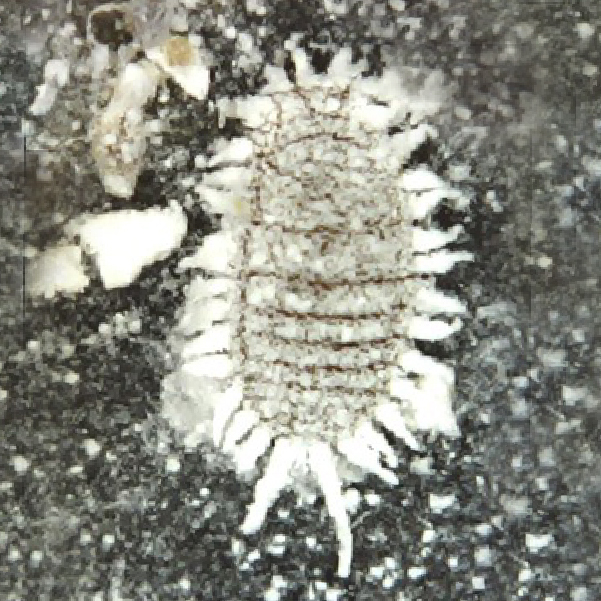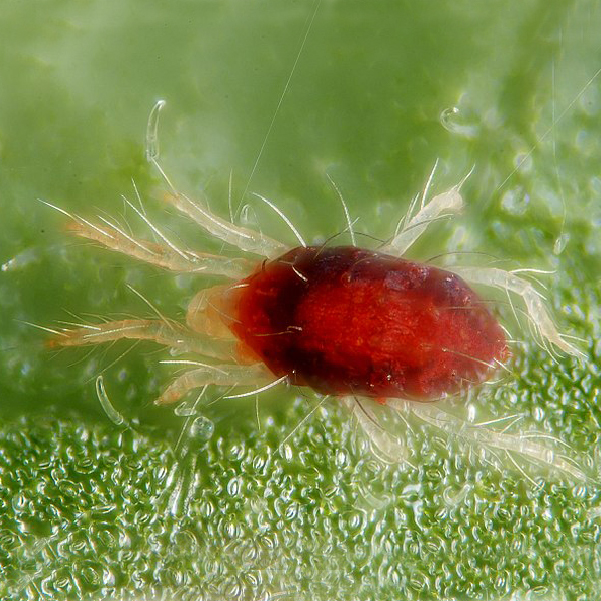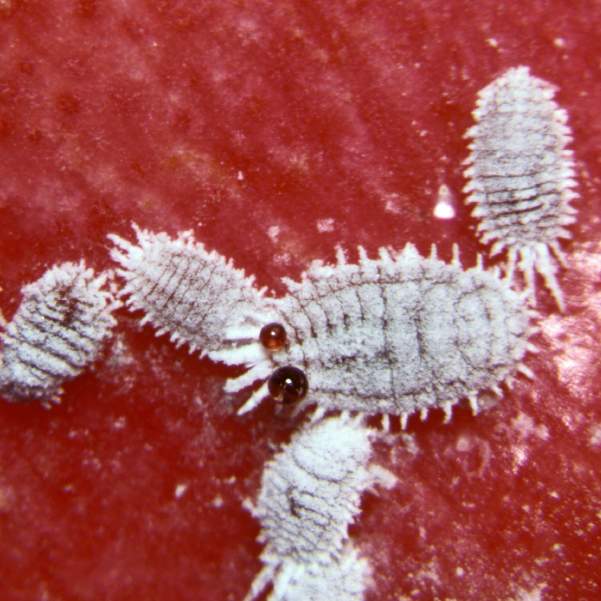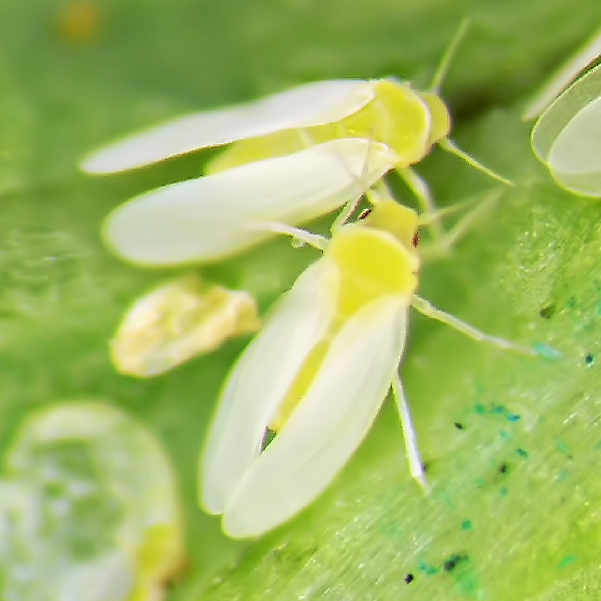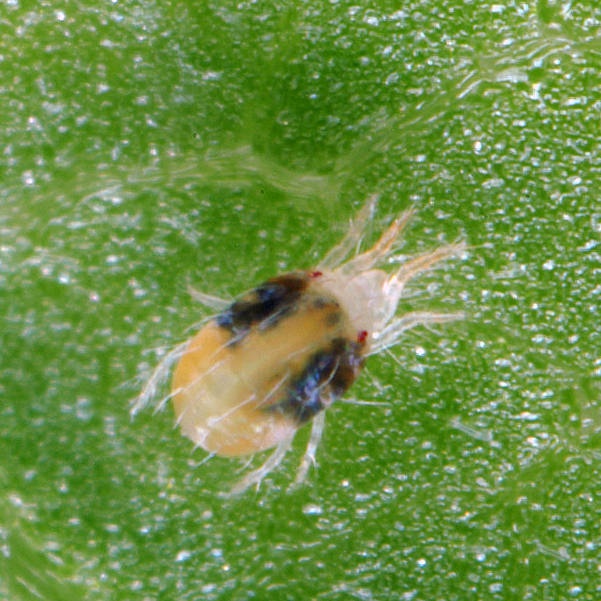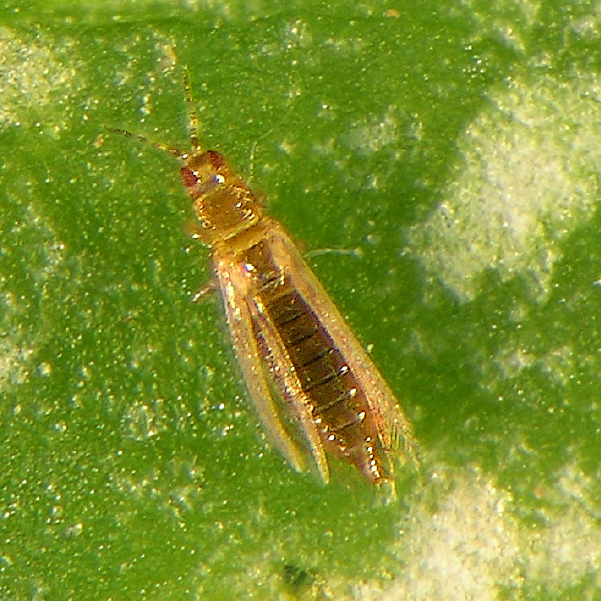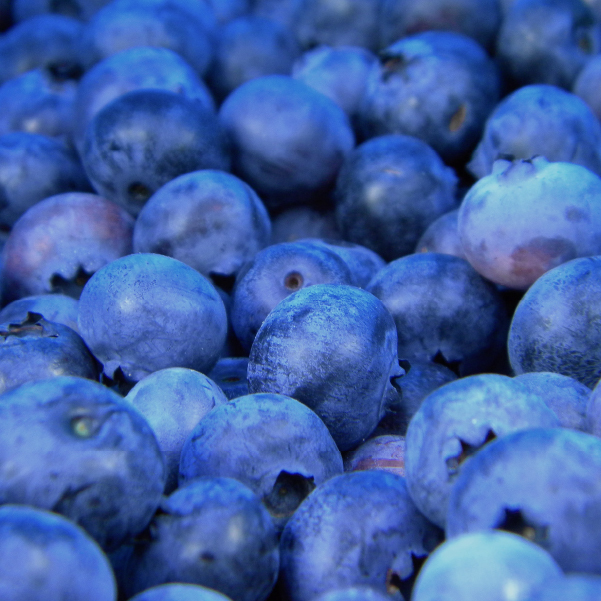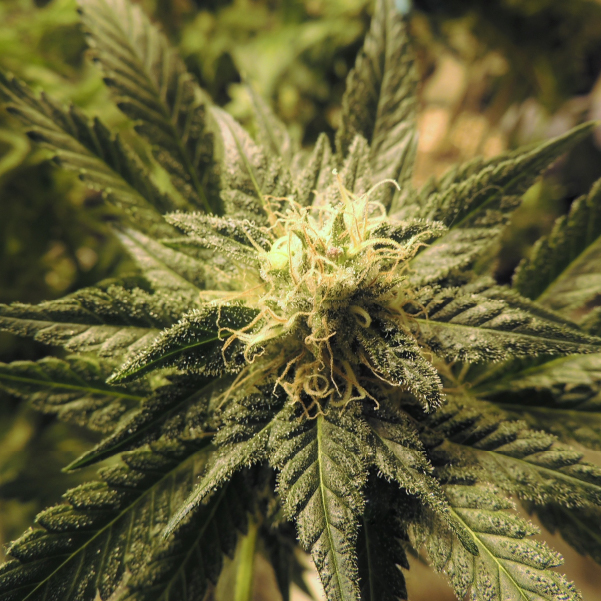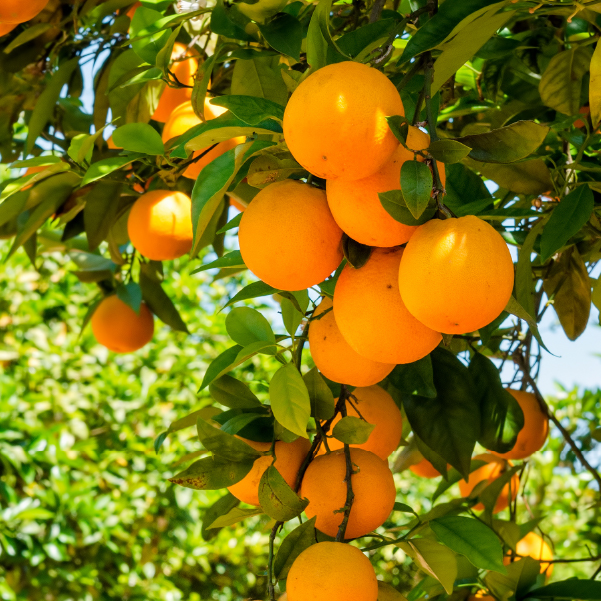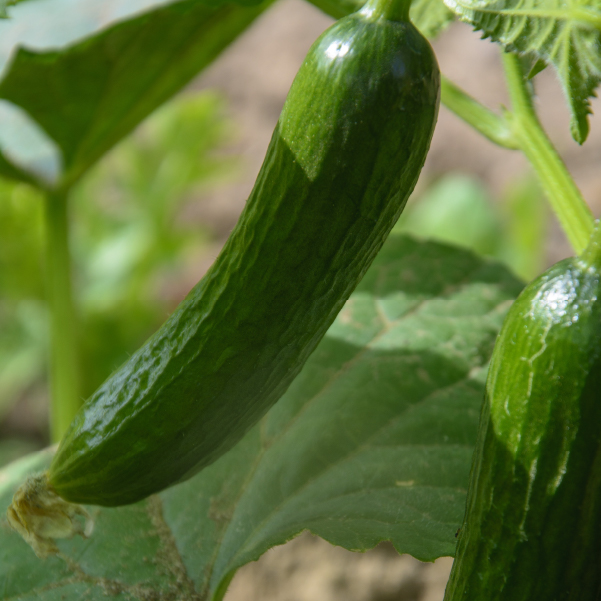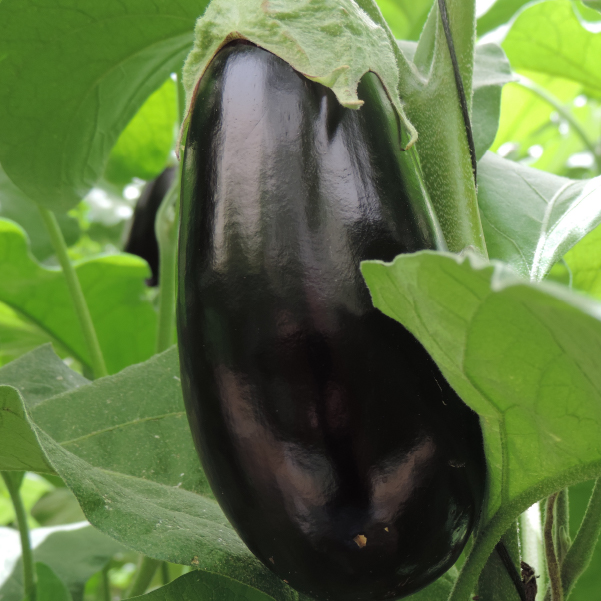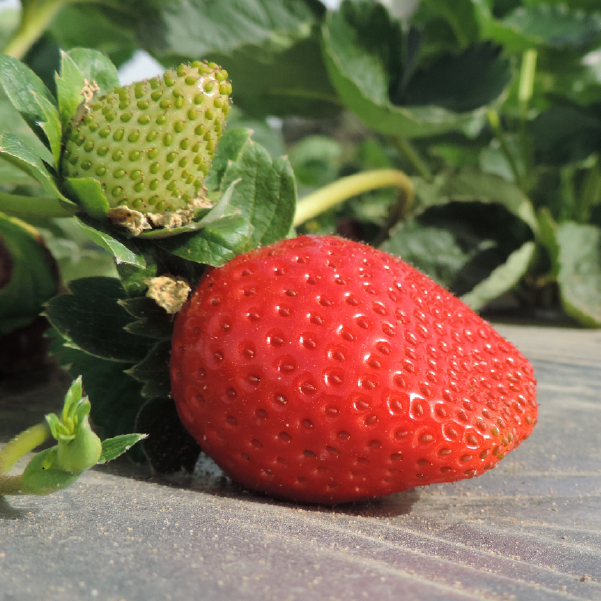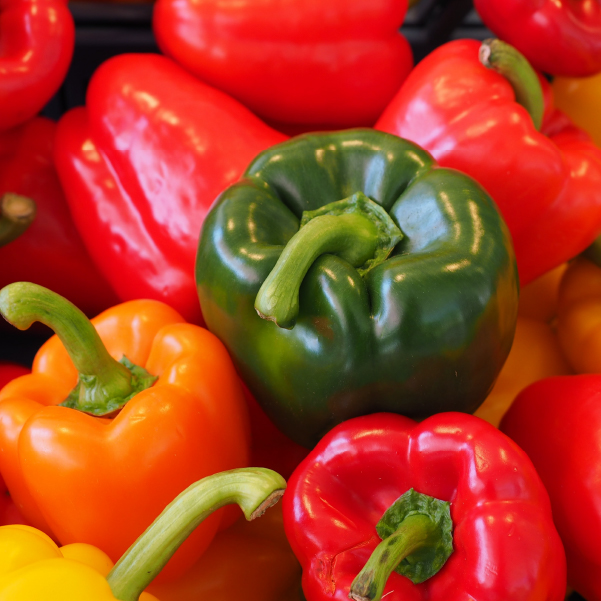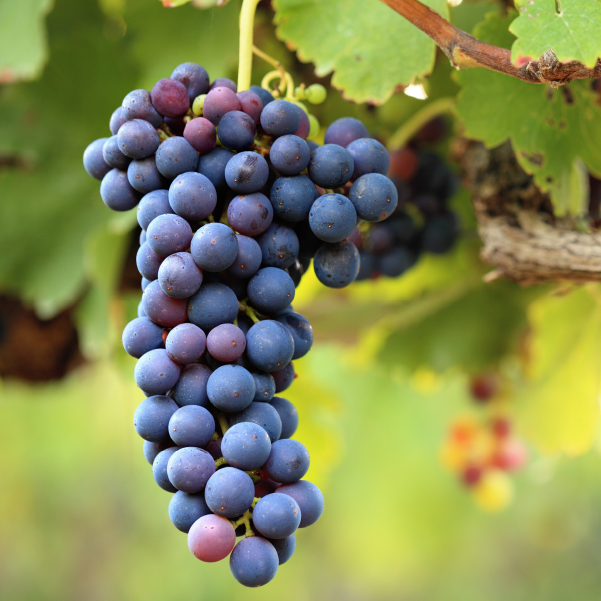BioLacewing is an insect of the Chrysopidae family. The delicate looking adult feeds on nectar, honeydew and pollen while the larvae larvae are hardy generalist predators with a ferocious appetite.
Consult with your local BioBee for product availability in your country.
Target Pests
Product
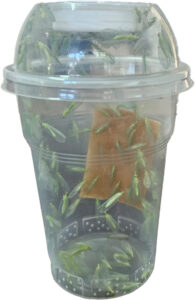
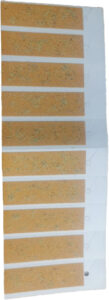
BioLacewing is available in egg card strips of 5,000 eggs which can be divided in 10 tabs.
BioLacewing in a shaker bottle containing 100 adults
Download BioLacewing product page
Application
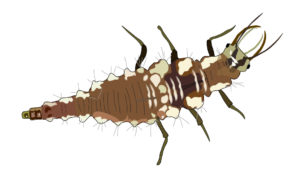
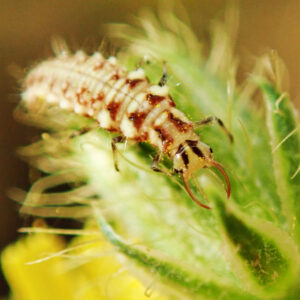
- BioLacewing is shipped in insulated, chilled boxes. Packaging must be kept intact until placed in the field.
- Keep in a cool location 10-14°C until release; do not put bottles in a refrigerator.
- The product should be released within 24 hours of receipt, during the early morning or late afternoon, while temperatures are mild.
- Control ants if present before releasing BioLacewing. Ants will hamper with and delay the control process as they will actively defend the pests from their natural enemies.
- Do not expose the bottles to direct sunlight.
Egg card application
- Identify the correct area inside the tree or crop in as little sunlight as possible.
- Hung the egg cards on twigs, near pest pressure areas inside the canopy (protected from sun and the elements).
Shaker bottle application
- Open the shaker bottle gently, releasing the lacewing which will fly out on their own to find prey.
Before combining BioLacewing with any chemical pesticide in the crop, please consult your BioBee technical representative.
Crops
Storage
-
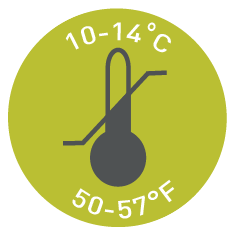
Storage temperature
-

Do not store in sunlight
-

Store horizontally
-

Apply within 24 hours
Disclaimer
BioBee Sde Eliyahu Ltd. produces and markets biological products. Production is carried out using innovative techniques under controlled quality assurance standards such as ISO 9001:2015, as well as IOBC’s international standards for mass-production of insects. All products are tested to meet specification requirements before leaving the factory.
The success of biological pest control is affected by the crop’s initial pest population (upon application of the product), weather conditions and chemical residue present in the crop, among other possible aggravating factors.
Under no circumstance shall BioBee be liable for the outcome of the implementation in the field, as it has no control over local conditions, the application method, or the possible improper treatment/storage of the product.
